#Green technology
Video
Those emissions are also our emissions
#tiktok#climate change#climate action#climate-change#climate crisis#renewable electricity#renewable energy#green technology
3K notes
·
View notes
Text
#renewable power#renewable energy#greenhouse gas emissions#green technology#green energy#environmentalism#good news#science#environment#nature#climate change#climate crisis
156 notes
·
View notes
Link
Paywall free version! LEGALLY paywall free version, even!
“Nearly any material can be used to turn the energy in air humidity into electricity, scientists found in a discovery that could lead to continuously producing clean energy with little pollution.
The research, published in a paper in Advanced Materials, builds on 2020 work that first showed energy could be pulled from the moisture in the air using material harvested from bacteria. The new study shows nearly any material can be used, like wood or silicon, as long as it can be smashed into small particles and remade with microscopic pores. But there are many questions about how to scale the product.
“What we have invented, you can imagine it’s like a small-scale, man-made cloud,” said Jun Yao, a professor of engineering at the University of Massachusetts at Amherst and the senior author of the study. “This is really a very easily accessible, enormous source of continuous clean electricity. Imagine having clean electricity available wherever you go.”
That could include a forest, while hiking on a mountain, in a desert, in a rural village or on the road.
The air-powered generator, known as an “Air-gen,” would offer continuous clean electricity since it uses the energy from humidity, which is always present, rather than depending on the sun or wind. Unlike solar panels or wind turbines, which need specific environments to thrive, Air-gens could conceivably go anywhere, Yao said.
Less humidity, though, would mean less energy could be harvested, he added. Winters, with dryer air, would produce less energy than summers.
The device, the size of a fingernail and thinner than a single hair, is dotted with tiny holes known as nanopores. The holes have a diameter smaller than 100 nanometers, or less than a thousandth of the width of a strand of human hair.
The tiny holes allow the water in the air to pass through in a way that would create a charge imbalance in the upper and lower parts of the device, effectively creating a battery that runs continuously.
“We are opening up a wide door for harvesting clean electricity from thin air,” Xiaomeng Liu, another author and a UMass engineering graduate student, said in a statement.
While one prototype only produces a small amount of energy — almost enough to power a dot of light on a big screen — because of its size, Yao said Air-gens can be stacked on top of each other, potentially with spaces of air in between. Storing the electricity is a separate issue, he added.
Yao estimated that roughly 1 billion Air-gens, stacked to be roughly the size of a refrigerator, could produce a kilowatt and partly power a home in ideal conditions. The team hopes to lower both the number of devices needed and the space they take up by making the tool more efficient. Doing that could be a challenge.
The scientists first must work out which material would be most efficient to use in different climates. Eventually, Yao said he hopes to develop a strategy to make the device bigger without blocking the humidity that can be captured. He also wants to figure out how to stack the devices on top of each other effectively and how to engineer the Air-gen so the same size device captures more energy.
It’s not clear how long that will take.
“Once we optimize this, you can put it anywhere,” Yao said.
It could be embedded in wall paint in a home, made at a larger scale in unused space in a city or littered throughout an office’s hard-to-get-to spaces. And because it can use nearly any material, it could extract less from the environment than other renewable forms of energy.
“The entire earth is covered with a thick layer of humidity,” Yao said. “It’s an enormous source of clean energy. This is just the beginning in making use of that.””
-via The Washington Post, 5/26/23
#green energy#clean energy#materials science#science#green technology#sustainability#massachusetts#advanced materials#advanced technologies#meteorology#humidity#air-gen#electricity#good news#hope
464 notes
·
View notes
Text
Engineered protein filaments originally produced by bacteria have been modified by scientists to conduct electricity. In a study published recently in the journal Small, researchers revealed that protein nanowires—which were modified by adding a single compound—can conduct electricity over short distances and harness energy from moisture in the air.
"Our findings open up possibilities for developing sustainable and environmentally friendly electrical components and devices, based on proteins," says Dr. Lorenzo Travaglini, lead author on the paper. "These engineered nanowires could one day lead to innovations in energy harvesting, biomedical applications and environmental sensing."
Continue Reading.
58 notes
·
View notes
Text
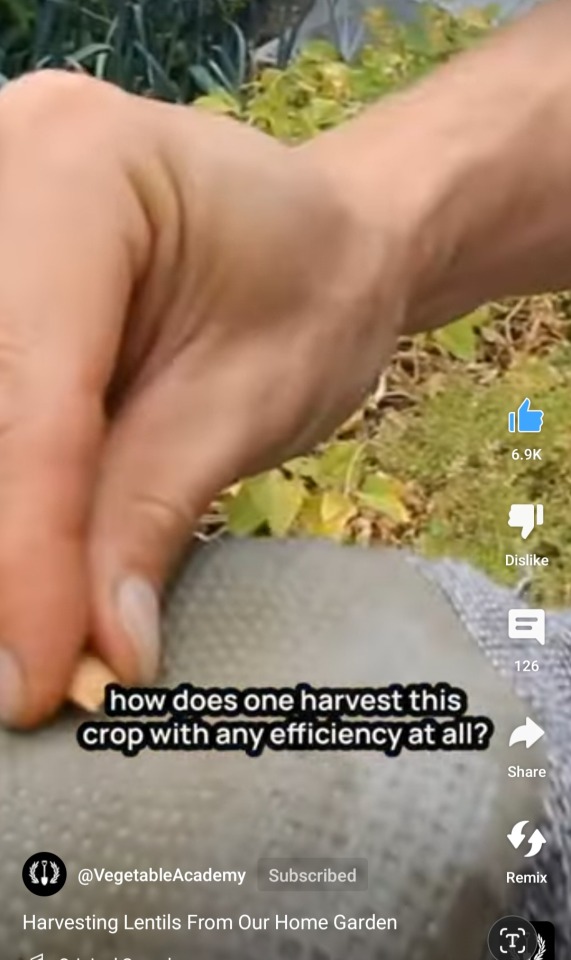
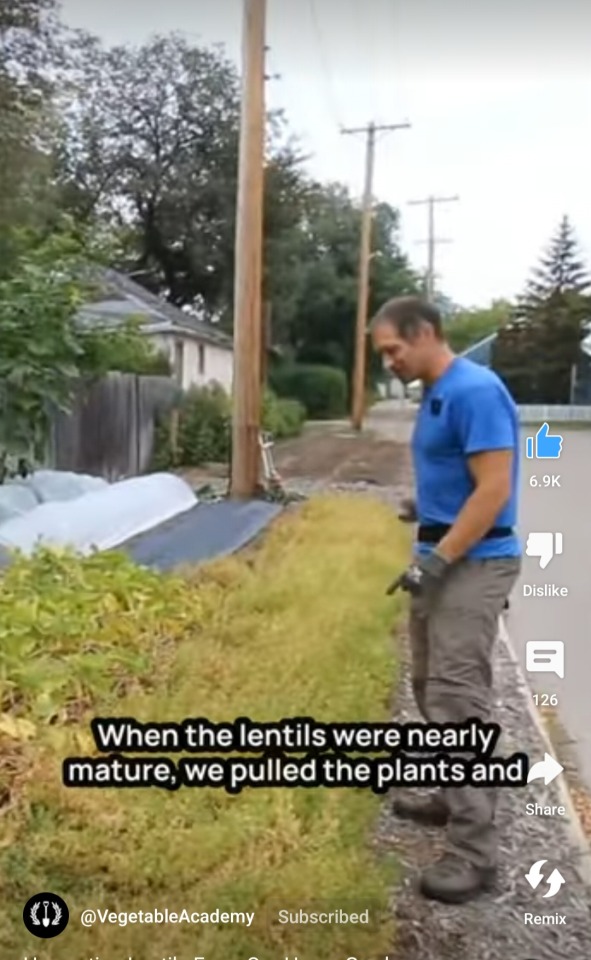



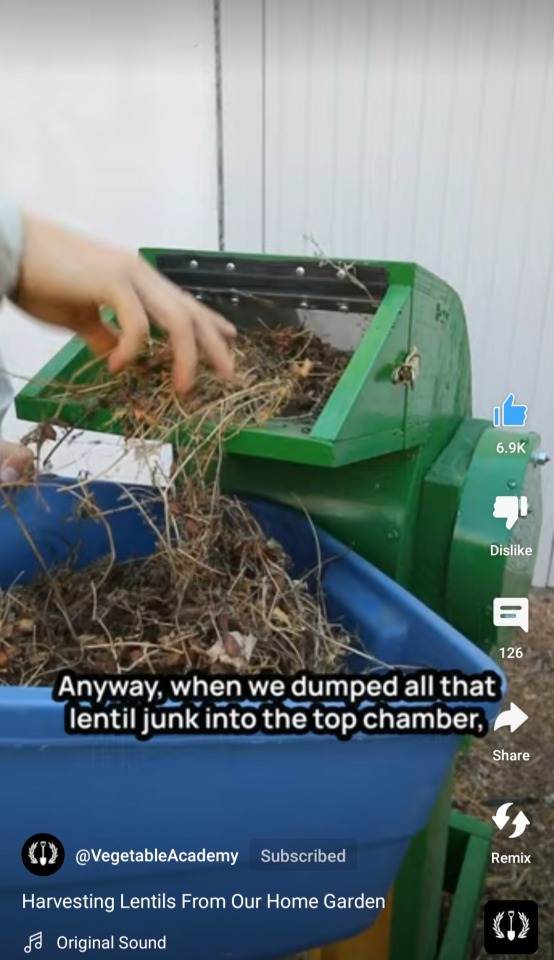
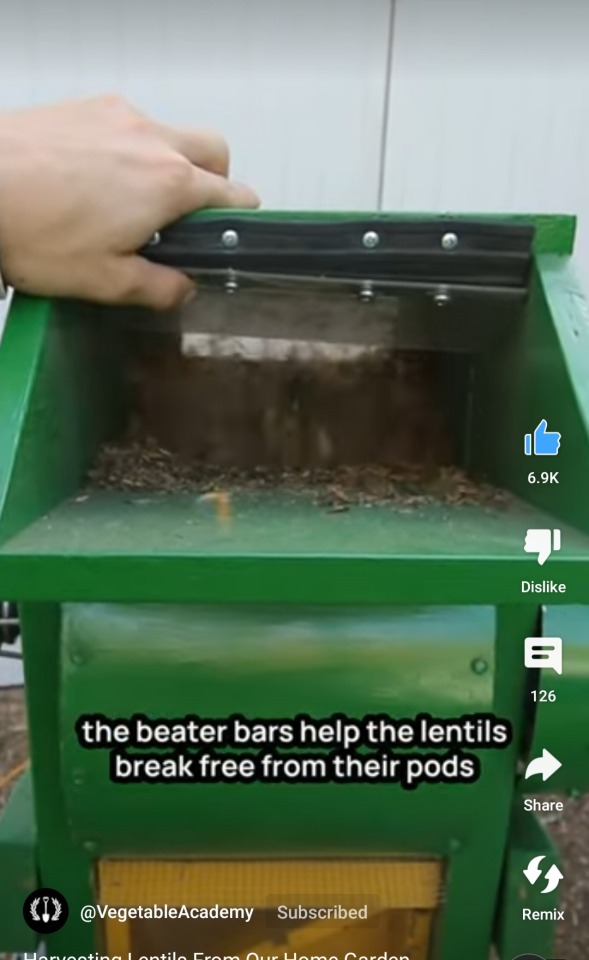
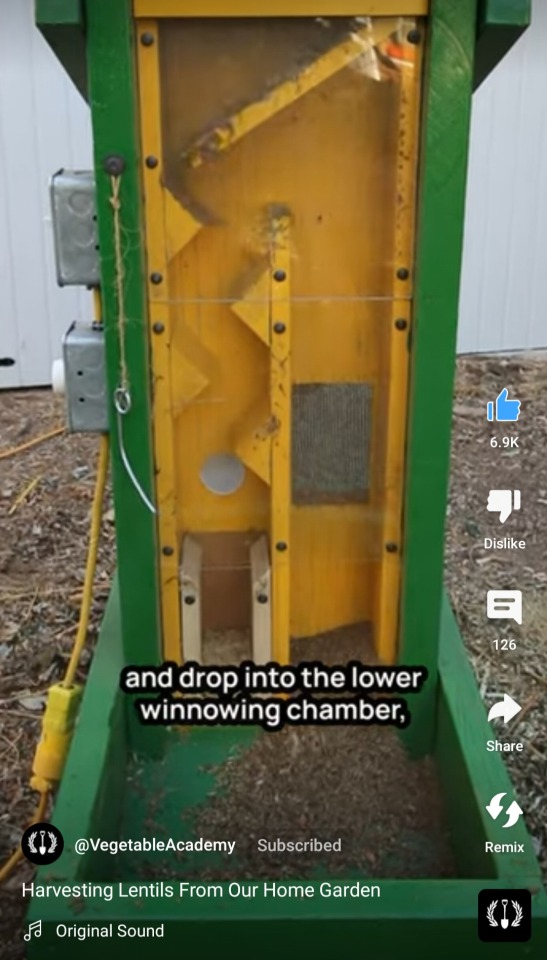
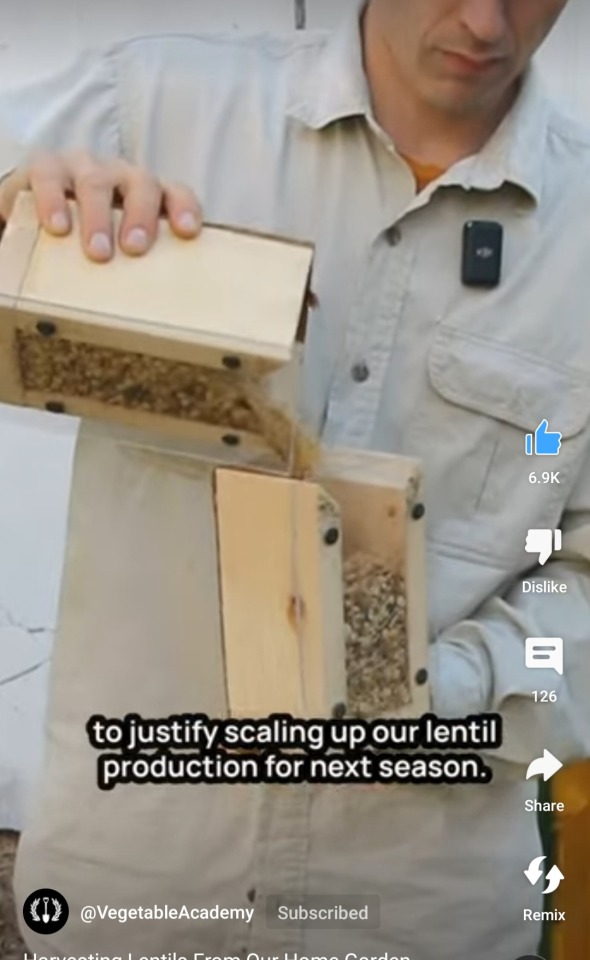
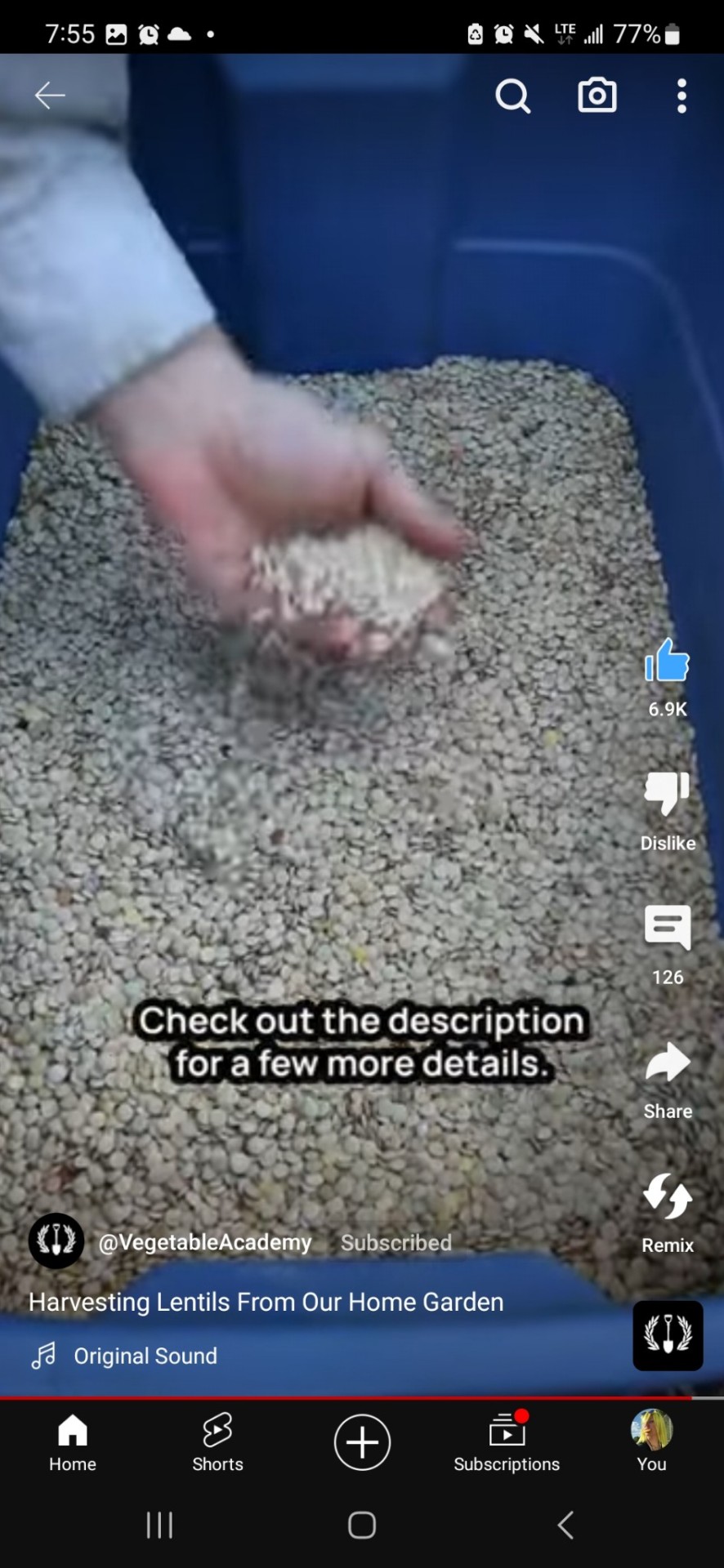
#permaculture#solarpunk#functional supply chains#garden hacks#protein farming#urban farming#green technology
82 notes
·
View notes
Text






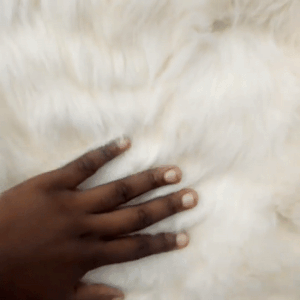




( X / X / X ) ( X / 🐍 / X ) ( X / X / X )
boombox (phighting) stimboard with themes of digital stuff and white fur.
requested by: anon | made by: crowley
#🌌 - stimboard#🐍 snake slithers - mod crowley#kin#fictkin#fictionkin#otherkin#otherkin community#nonhuman#alterhuman#boombox phighting#boombox#roblox phighting#phighting roblox#phighting!#phighting boombox#boombox kin#boombox fictkin#boombox fictionkin#boombox phighting kin#boombox phighting fictkin#boombox phighting fictionkin#white fur stim#green technology#neon green technology#neon green stim
26 notes
·
View notes
Text
From Japan to Iceland, futuristic vertical farms are starting to bloom

Indoor farming is a new and rapidly growing trend that has significant benefits over traditional agriculture methods, including increased efficiency and sustainability. Indoor farming can also help to combat climate change by reducing the amount of greenhouse gas (carbon dioxide, methane) released into the atmosphere and reducing the need for pesticides.
There are several different ways to do indoor farming, but the most common approach is to use hydroponic systems. These systems rely on water systems rather than soil to support plant growth, creating a controlled environment for the plants to grow in efficiently. An array of sensors designed specifically for this ensure that waste is minimized and resources are recycled whenever possible. Hydroponics also allows farmers to grow crops without dealing with pests or disease outbreaks, and it requires minimal land area compared to traditional agriculture methods. Because you essentially build the farm vertically, you can use places like former factories or warehouses.
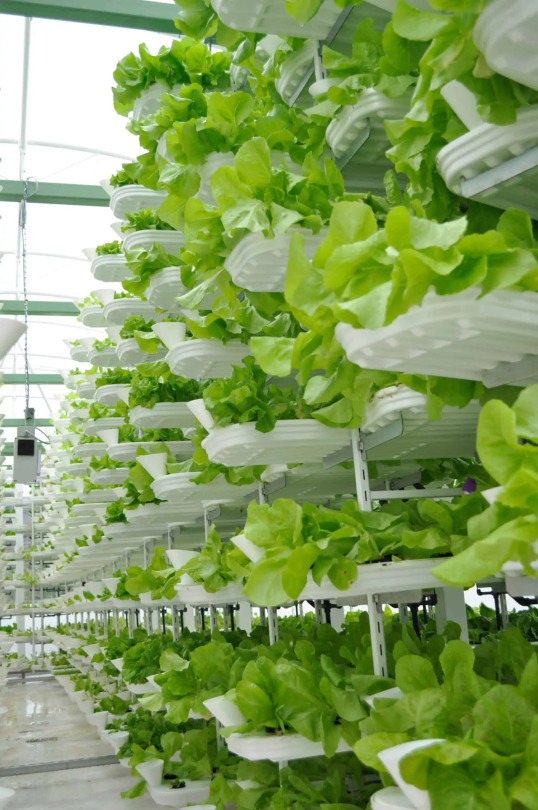
In the Shizuoka Prefecture, a facility that’s around 20,000 square feet (0.2 hectares) grows a whopping 12,000 lettuces a day (lettuce is excellently suited for this type of farm). Farmers set up the light regime for the plants (using LEDs), as well as the temperature and humidity level, and enjoy round the year crops. Not only is the area required for the yield much lower than with conventional methods, but the water usage is also lower (10-20 times lower).
More recently, a farm in Kyoto developed by a company called Spread became a record-breaking facility that also introduced bees to pollinate its strawberries, achieving stable pollination under LED conditions and showing that there’s plenty of unexplored opportunity within vertical farms.Image credits: Spread.
Singapore is also betting on vertical farms with one farm established in 2022 producing 500 tonnes of greens each year, in addition to its previous projects. Being able to grow food directly in urban areas means you can bring it to consumers quickly and inexpensively.
Meanwhile, Iceland is taking advantage of its ability to produce cheap, sustainable energy using geothermal sources to fuel a large vertical farm. Iceland has constantly had a problem of having to import food, and Iceland has one of the most expensive food markets in the world due to this. But Andri Bjorn Gunnarsson, founder and CEO of VAXA, the company behind the vertical farm, says Iceland also has some advantages that make it suitable for vertical farming.
(Source: ZME Science, November 9th 2022)
#green#indoor farming#hydroponics#industrial farming#farming#green technology#japan#iceland#singapore#mine#articles#science#news#solarpunk#agriculture
94 notes
·
View notes
Text
Mapping the Underwater World: The Role of LiDAR in Oceanography
In the quest to explore and understand the mysteries of the ocean, technology plays a pivotal role in unveiling the hidden wonders beneath the waves. Among the array of cutting-edge tools at our disposal, LiDAR (Light Detection and Ranging) has emerged as a go-to technology, enabling scientists to map the seafloor, study underwater topography, and reveal geological features that were once…
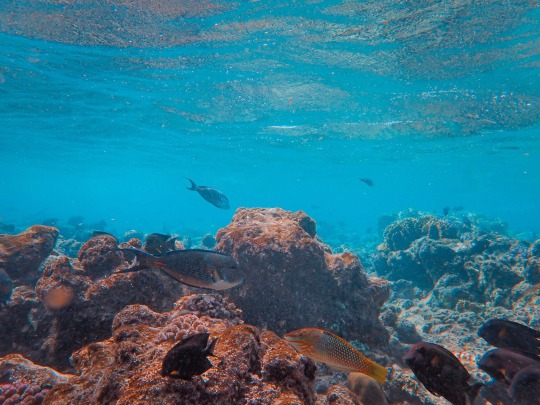
View On WordPress
#climate change#coastal environments#green technology#LiDAR#NOAA#ocean#ocean conservation#ocean health#oceanography
16 notes
·
View notes
Text
instagram
6 notes
·
View notes
Text
If the doom and gloom is getting you down, try this instead.
#tiktok#not my video#feel good#good news only#good news#positive#positive vibes#positive thoughts#positivity#if sad check this tag#positivevibes#ecofriendly#ecosystem#eco friendly#green technology
207 notes
·
View notes
Text
Indian IT Worker Designs New Eco-Friendly Sewage Treatment Method with the Sacred Cow as His Inspiration https://www.goodnewsnetwork.org/indian-it-worker-designs-new-eco-friendly-sewage-treatment-method-with-the-sacred-cow-as-his-inspiration/
Tharun Kumar began to imagine ways to build a better sewage treatment method that could produce good quality water without chemicals.
In 2017, Kumar started ECOSTP with the chambered stomach of the cow as his “bovine inspiration.”
Typical wastewater plants use aerobic bacteria, or metabolism with oxygen, to break down sewage, but this requires the ventilation system that continually runs on energy. Regular sewage treatment also tends to use chemicals, and has the presence of a full-time employee. Kumar has eliminated almost all of these drawbacks.
At the base of the ECOSTP septic tank is a layer of cow dung that provides the bacterial workers. With the water moving via gravity, it enters the second bacterial chamber before passing into the third space which is a filter of sand and gravel. The fourth chamber lies under a garden of select vascular plants which removes suspended solids, pathogens, nitrogen, and phosphorus, the latter two going to feed the plants.
The resulting water is graded by health inspectors as good quality for toilet water and gardening applications. With the aid of a grant from the US-based Biomimicry Solutions, ECOSTP now has 325 clients across 22 states in India, and their septic tanks are unmanned and unpowered, saving thousands in running costs.
“We are proud to have reclaimed 2 billion liters of sewage so far without power or chemicals.”
ECOSTP is now seeing if it’s possible to identify anaerobic bacteria that can remove the harmful compounds of industrial effluent.
youtube
#good news#science#microbiology#india#waste water treatment#wastewater#green technology#biomimicry#environmentalism#environment#nature#animals#climate change#climate crisis#Youtube
253 notes
·
View notes
Text
"A Delhi-based engineer has designed a replacement for polystyrene packaging out of “rice stubble” the dead stalks left over after the rice season in India, millions of tons of which are burned every year.
They say wisdom oft comes from the mouths of babes, and Mr. Arpit Dhupar was at first left scratching his head when his young nephew drew a picture of the world with a grey sky.
Everything else was normal, green grass, yellow sun, white and brown mountains; why was the sky grey? It dawned on him that his nephew was drawing the sky as he saw it every year when the rice stubble was burned: grey.
“We shouldn’t live in a world where we have to explain to kids that the sky should be painted blue. It should be a given,” he told The Better India.
So he launched a new business venture called Dharaksha Ecosystems in order to tackle the rice stubble problem. Essentially, the farmers need it cleared off their land asap after harvest. Its high moisture content means it’s not useful for stove fuel, so they burn it in massive pyres.
In his factory, he turns 250 metric tons of rice stubble harvested from 100 acres of farmland in Punjab and Haryana into packaging, while paying the farmers a rate of $30 per acre for something they would usually burn.

Dhupar originally wanted to use mushrooms to rapidly biodegrade baled stacks of rice stubble, but found that the fungus left behind a metabolite that wasn’t biodegradable—in other words, he’d have to create a waste problem to solve a waste problem.
Over time he realized that the filaments that make up the subterranean structure of the mushrooms, called mycelium, were acting as a sort of binding agent, turning the baled stubble into something durable.
“This wasn’t a waste material but could be a usable one,” said Dhupar. “Through bio-fabrication, we could use the stubble waste to create a material similar to [polystyrene], but one that was biodegradable.”
There are a lot of these sorts of sustainable packaging ideas floating around, invented by people who rarely have experience in markets and commerce. This is not the case with Dhupar’s stubble packaging.
He has already prevented over half a million pounds of polystyrene from entering landfills since launching his product, which has numerous, exceptional properties.
They sell around 20 metric tons of their product every month, making about $30.5 thousand dollars per annum, mostly by selling to glassware companies."
-via Good News Network, 3/22/23
#sustainability#recycling#fungi#mycelium#mushrooms#india#delhi#green technology#waste management#rice#agriculture#packaging#glassware#good news#hope
346 notes
·
View notes
Text
The Green Bank for Rural America has won a $500 million federal award to advance clean energy technology projects in the 13-state Appalachian region and in “energy communities” with a connection to the coal industry.
The green bank expects to leverage private capital to finance $2.25 billion in 2,750 clean energy projects, including distributed solar and storage projects. Other eligible project types under the federal award program are new or renovated buildings with low carbon emissions, and projects supporting zero-emission transportation.
The U.S. Environmental Protection Agency (EPA) made a total of $6 billion in awards to five green banks through the Clean Communities Investment Accelerator, all of which “will flow to low-income and disadvantaged communities,” said a White House press release.
Each of the five green banks receiving the awards will allocate the funds to community lenders, primarily to make loans to projects. A small portion of funds will be used to provide technical assistance to those lenders. The Green Bank for Rural America will provide technical assistance on topics including structuring contracts with local utilities for the sale of solar or wind power.
The Green Bank for Rural America expects to provide capitalization funding to about 100 participating community lenders and investors serving rural areas, with most funding provided in commitments of $10 million or less, and a few commitments ranging up to $50 million. The bank, established by Appalachian Community Capital, will be structured to be a self-sustaining entity.
The support to community lenders will not only finance near-term deployment of climate and clean energy projects, the White House said, but also build the lenders’ capacity to “finance projects at scale for years to come.”
The green bank expects to leverage private capital to finance $2.25 billion in 2,750 clean energy projects, including distributed solar and storage projects. Other eligible project types under the federal award program are new or renovated buildings with low carbon emissions, and projects supporting zero-emission transportation.
The U.S. Environmental Protection Agency (EPA) made a total of $6 billion in awards to five green banks through the Clean Communities Investment Accelerator, all of which “will flow to low-income and disadvantaged communities,” said a White House press release.
Each of the five green banks receiving the awards will allocate the funds to community lenders, primarily to make loans to projects. A small portion of funds will be used to provide technical assistance to those lenders. The Green Bank for Rural America will provide technical assistance on topics including structuring contracts with local utilities for the sale of solar or wind power.
#enviromentalism#ecology#Green banks#rural america#green energy#green technology#appalachia#solar energy#environmental protection agency
3 notes
·
View notes
Text
#mushrooms #forest #outdoor #nature
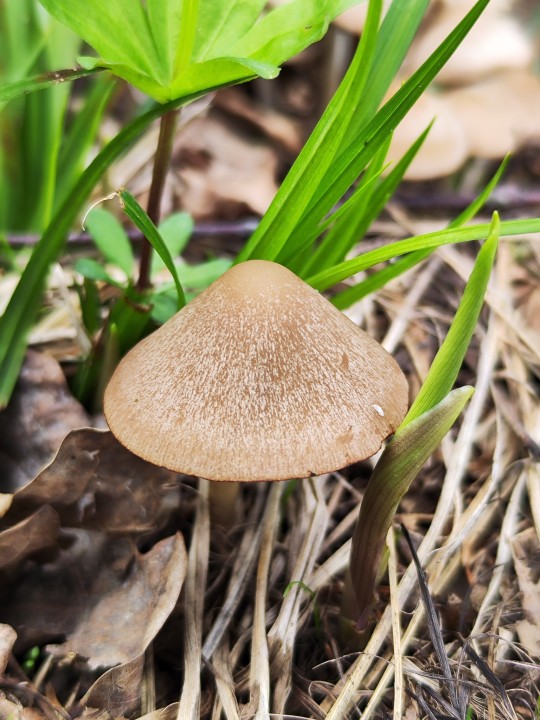
#science#biodiversity#myxomycota#bioinformatics#green technology#botany#microbiology#mushrooms#forest
4 notes
·
View notes
